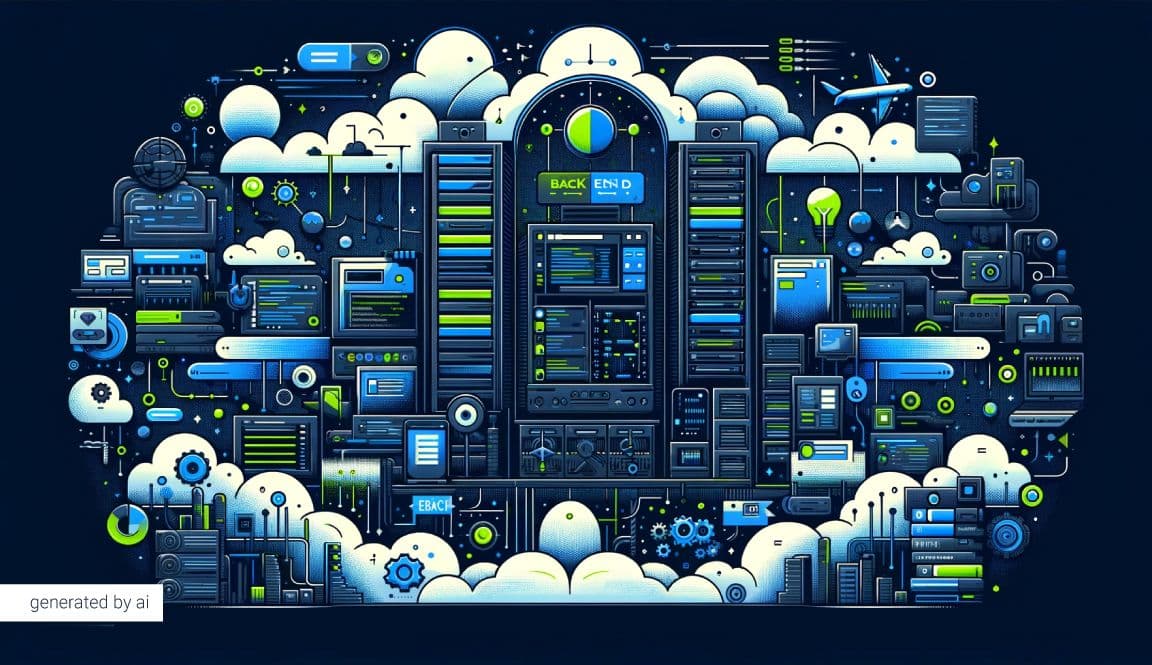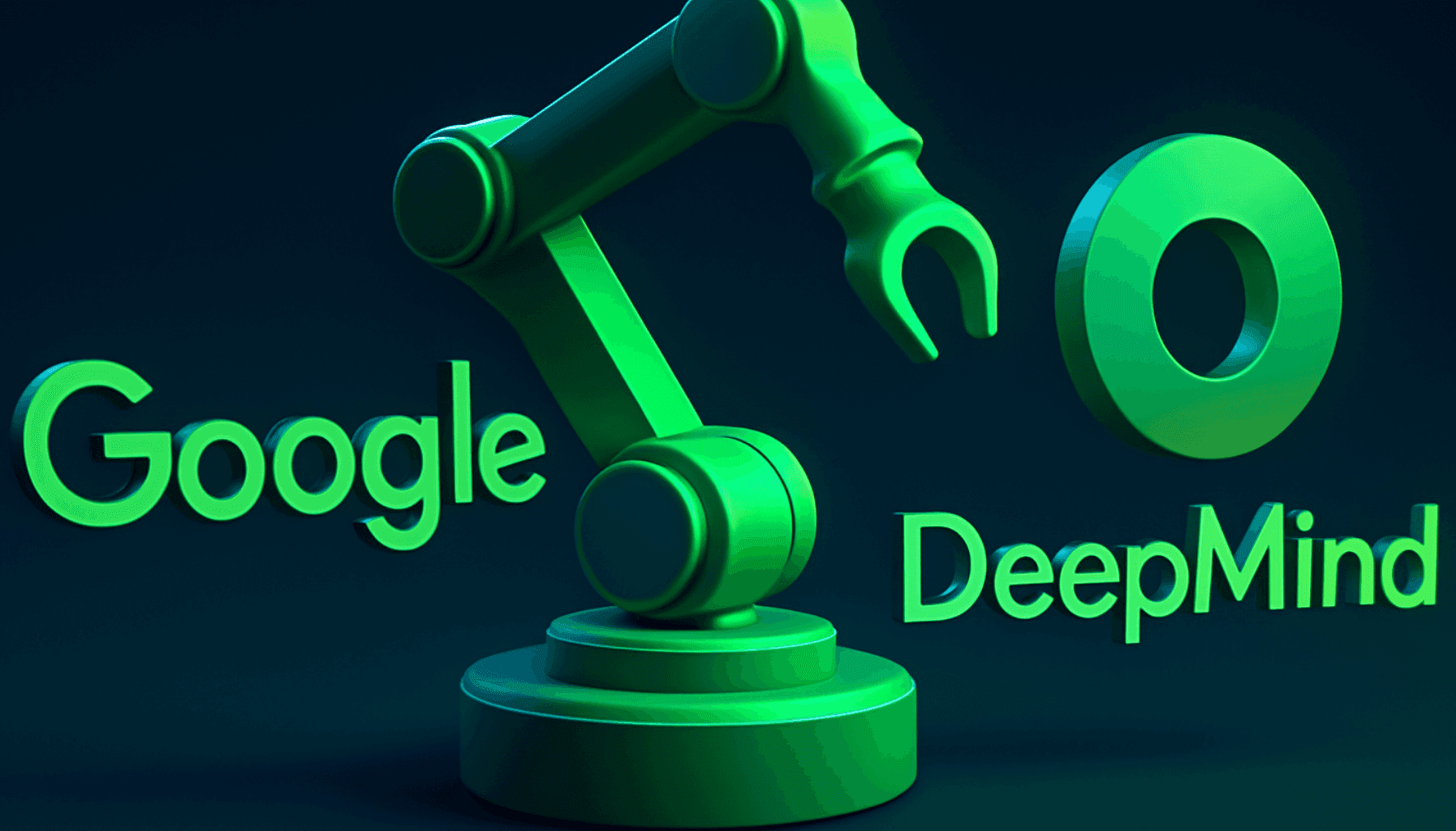
What is Back-End? What Does It Do?

What is Back-End? What Does It Do?
Whether it's a website or a mobile application, software can fundamentally be divided into two parts. The first is the front-end, the part with which the user interacts, and the second is the back-end, where all the processes occur, data is stored, and managed. This division is key to making the software development process easier and more controllable. It allows for the creation of software teams specialized in different areas by separating the software development process into two distinct phases.
The back-end is the most vital part of the application, managing the logical process of the application. It wouldn't be wrong to call it the brain. Now, let's delve into what the back-end means and what a back-end developer does in detail.
What is Back-End?
The division of software into front-end and back-end is very important for developers. This division can be described using various metaphors, such as likening software to a theater play or an iceberg, to emphasize that there's much more beyond what is visible. When a user visits a website or an application, the displayed screen can be likened to a staged theater play. Behind the scenes, unseen by the audience, there are many workings. Similarly, in software, there are far more complex processes than what the user sees. The back-end is precisely the part that is vital to the software but not visible to the users.
What Does Back-End Do?
Have you ever wondered how a website or mobile application works when you enter it? When you clicked to read this article, you made a request to the server. As a result of this request, the text was retrieved from the database and appeared on your screen. Let's think a bit more detailed. When you enter a shopping site, content from the database appears. These are campaigns, discounted products, categories, and similar data. Then, when a user clicks to take a closer look at a product, a request is made to the back-end saying, "bring me the details of this product." The back-end retrieves that information from the database and sends it to the front-end. The front-end then displays this information on the screen. The communication between the front-end and back-end continues in a similar manner at every stage.
What Are the Responsibilities of a Back-End Developer?
Developers who work on the back-end part of an application have several responsibilities. These can be described as follows:
- Writing clean code is essential. Although this is a trait every developer should have, the need for back-end developers to write clean and maintainable code is paramount.
- They should develop stable and high-performance applications.
- They must be team players. Developers should continue the development process in line with set goals.
- They must communicate effectively. Back-end developers, in particular, need to be in constant communication with front-end developers. Ensuring this communication is properly maintained is crucial for the healthy continuation of the application development process.
What Does a Back-End Developer Do?
Back-end application development is a combination of processes that require different competencies, from the design and maintenance of the application's database to the creation of its API. Within a team, developers can take on these processes through task distribution.
Back-end developers code applications that run on the server side. These applications are responsible for processing and fulfilling requests from users, communicating with the database, and sending the appropriate response to users. Designing and maintaining the database where data is stored are among the responsibilities of a back-end developer. They aim to create performance-optimized database queries and ensure data security.
APIs (Application Programming Interfaces) are used for the back-end to communicate with other parts of the application. Writing, testing, and documenting APIs are the responsibilities of a back-end developer.
Managing DevOps processes is often a separate role but can also fall under the responsibility of a back-end developer. They deal with various issues from server health to application performance. Ensuring the security of the back-end is also the developer's responsibility. Like with DevOps, teams often include individuals specialized in this area.
What Are the Advantages of Back-End?
Separating application development into front-end and back-end, two partly independent development processes, offers advantages to developers.
Back-end developers can focus on developing cleaner, more efficient applications since they do not have to deal with interface development and similar processes that front-end developers do. Similar benefits apply to front-end developers as well. The workload on teams is distributed.
What Are the Disadvantages of Back-End?
While it wouldn't be entirely accurate to call them disadvantages, being a back-end developer is not without its challenges. Back-end developers deal with complex processes and are responsible for logically structuring these complex processes. The nature of the technologies used, database operations, and so on can make the job challenging. Furthermore, keeping up with evolving technologies to stay current can be exhausting for any developer.
Back-end developers must meet certain technical requirements. These include programming languages as well as technologies like database solutions. Let's take a look at some of the key technical requirements that back-end developers should have.
What Are the Back-End Programming Languages?
There are certain programming languages and frameworks preferred by back-end developers. Let's take a closer look at these back-end programming languages and technologies that are well-regarded in the software sector and considered tailor-made for back-end programming.
PHP
PHP, which stands for Personal Home Page, has been in use since 1995. Even though it has divided developers today in terms of preference, it still powers the back-end of millions of websites. PHP allows for the rapid development of products due to its low learning curve. Popular PHP frameworks like Laravel and Symfony are frequently used in back-end development.
.NET
Often used in back-end development, .NET is an application development platform that provides the developer with many tools they may need.
Go
Increasingly popular, Go has become a favored choice for back-end development today. Go stands out for its ease of use, speed, and scalability it offers developers.
Python
Python is known for its performance and relatively easy learning curve, an object-oriented programming language. Frameworks like Django and Flask are significant reasons for its popularity among back-end developers.
Java
Java is one of the most popular languages for back-end development due to its platform-independent nature, performance, and scalability. It is generally used to prepare more complex and large-scale applications. Spring framework is one of the most preferred frameworks for back-end application development with Java.
Node.js
Used for creating scalable and efficient server-side applications, it allows for the use of JavaScript on the server side.
Ruby on Rails
Rails is a web application development framework written in Ruby. Ruby on Rails is a popular choice among back-end developers.
Databases
The database is an indispensable part of the application. The database solution to be used is selected according to the data to be stored and the programming language it will work with. The chosen database determines how the developer will communicate with the data. A few popular database solutions frequently chosen in back-end development are as follows:
MySQL
It is a free and open-source relational database software and one of the most popular solutions.
Microsoft SQL Server (MSSQL)
Developed by Microsoft, it is a relational database management system that runs on the Windows operating system. It is suitable for large and complex databases.
Oracle Database
Developed by Oracle, it is an advanced relational database management system that has been in development since 1977.
PostgreSQL
An open-source relational database management system, it has become a popular choice due to its capabilities and community support.
MongoDB
A free, open-source NoSQL (Not Only SQL) database solution.
Redis
An acronym for Remote Dictionary Server, Redis is an open-source key-value based NoSQL database. Redis stores data in memory, making it a highly popular option due to its performance.
Web Servers
Back-end applications are hosted on a server. The application runs on this server and communicates with the world from there. The most preferred web servers are as follows:
Nginx
Open-source, it can offer high performance with low resource consumption. It is one of the most chosen options.
Apache
Full name Apache HTTP Server, Apache is an open-source server software. It is another one of the most chosen options.
LiteSpeed
A high-performance and scalable web server solution. It also has an open-source version called OpenLiteSpeed.
Microsoft-IIS
Web server software developed by Microsoft. It is designed to work on Windows systems.
In the back-end development process, there are a few points to consider when selecting technologies. The requirements of the application should be clearly defined before choosing a programming language or database solution. Parameters such as the size of the application, the number of users, and the competencies of the development team should be considered. Subsequently, suitable technologies can be selected to start the software development process.
Is Being a Back-End Developer a Good Career Choice?
If you want to steer your career as a back-end developer, there are many topics you need to master. You should develop yourself in a versatile manner. You need to understand the logic of how software works and be able to express a complex process logically. You must keep yourself constantly updated by following technological developments and be able to adapt. If you enjoy doing all these, being a back-end developer is indeed a good career choice.
You can take the first step towards continuing your career as a back-end developer with Bootcamp training prepared by Techcareer.net. Do not miss the Back-End .Net, Java bootcamps organized by Techcareer.net. If you want to come together with developers who are going through the same process in their software development career, you can join our Discord channel from our community page.
Frequently Asked Questions
What is a full-stack developer?
Developers are divided into two in terms of the tasks they undertake: front-end and back-end. In addition to these two roles, there are also full-stack developers. A full-stack developer must be knowledgeable about the entire software development process from start to finish. A full-stack developer has the competence to develop both the front-end and the back-end of the application.
What is the difference between a back-end and a front-end developer?
The application development process is divided into two separate processes developed by two separate teams. The back-end developer is responsible for the functions that occur in the background of the website or mobile application. They store data, process it, and send it back to the user. The front-end developer is responsible for the part that appears on the screen when we open the application. They are responsible for presenting the data from the back-end to the user along with the interface.
What is the difference between a back-end and a full-stack developer?
As mentioned above, back-end developers are responsible for developing the software's background process that is not visible to the user. A full-stack developer, in addition to taking on the back-end development process, also carries out the application's front-end development process. They deal with aspects such as interface design, which normally would not be the responsibility of a back-end developer, that operate on the user side.
How can I start my career in back-end development?
You can take your first step to becoming a back-end developer with free training available on techcareer.net. After successfully completing the Bootcamps you join, you can start applying for jobs.



